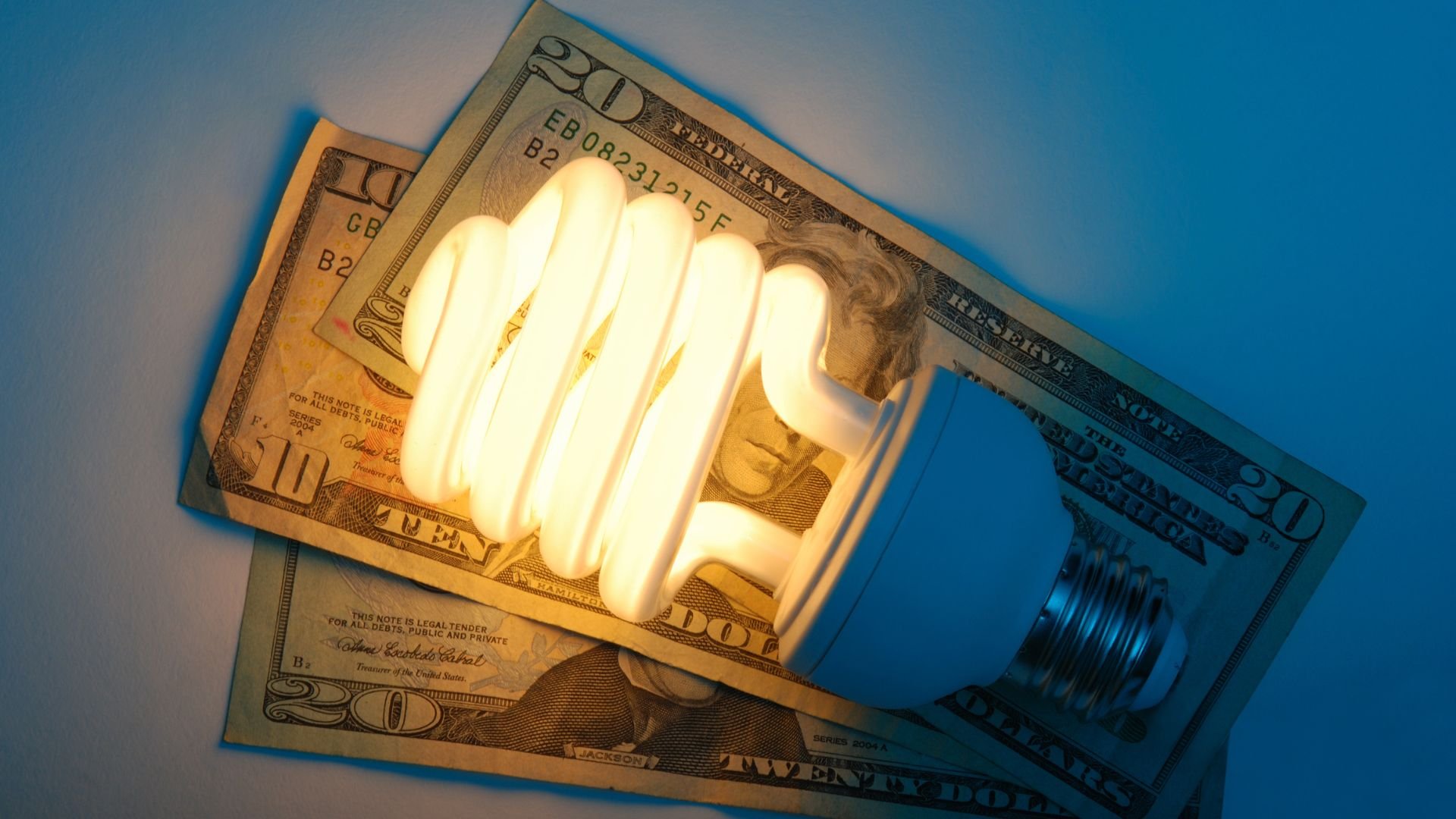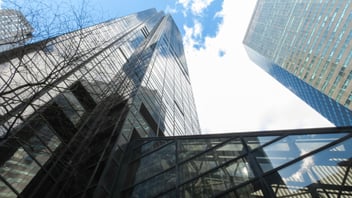2 Signs Your NY-Based Business Needs Demand Response Now

Easing the energy burden is one of the best ways to increase the reliability of our electric grid, and an even better way to increase the cash in your pockets.
Recently, Catalyst Power launched a new Demand Response program for New York (NY) businesses. This is great news for NY since demand response is a cost-effective and reliable way to reduce your company’s energy costs, earn a new revenue stream, and support our power grid. It helps keep the lights on for everyone when you cut back on your electricity use during peak hours of the day.
If making money while saving money sounds like a good way to kick off the new year, here are two ways to tell if your NY business needs to sign up for demand response:
High Energy Consumption
According to a Nature Communications study, “High temperatures in summer are one of the main causes of peak loads on the power grid, which lead to increases in social energy infrastructure investments and carbon emissions. With the development of the global economy and improvements in electrification processes, electricity consumption has increased sharply.” High energy consumption not only occurs in the summertime, but in the winter, too. Your business is impacted by this, and demand response alleviates stress on both you and the grid by shedding the load.
High Energy Bills
Nothing says high energy consumption like high energy bills. Not only does participating in a demand response program help our power grid, but it also helps your business earn significant cost savings. Commercial and industrial customers face increasingly higher energy costs than any other market, and with growing demand on an already overloaded power grid, volatile energy costs aren’t going anywhere anytime soon. Demand response helps mid-market businesses earn money while they curb these high energy demands. It’s a cheaper solution with a high-end return—you get paid to save while you cut back.
Start Saving Now
There’s never been a better time to get ahead of the curve than in the first quarter of the year. Start saving and getting paid now, and see how those returns show up for you in the long run.


.png?width=352&name=Untitled%20design%20(18).png)
.jpg?width=352&name=solar%20on%20farm%20(1920%20x%201080%20px).jpg)